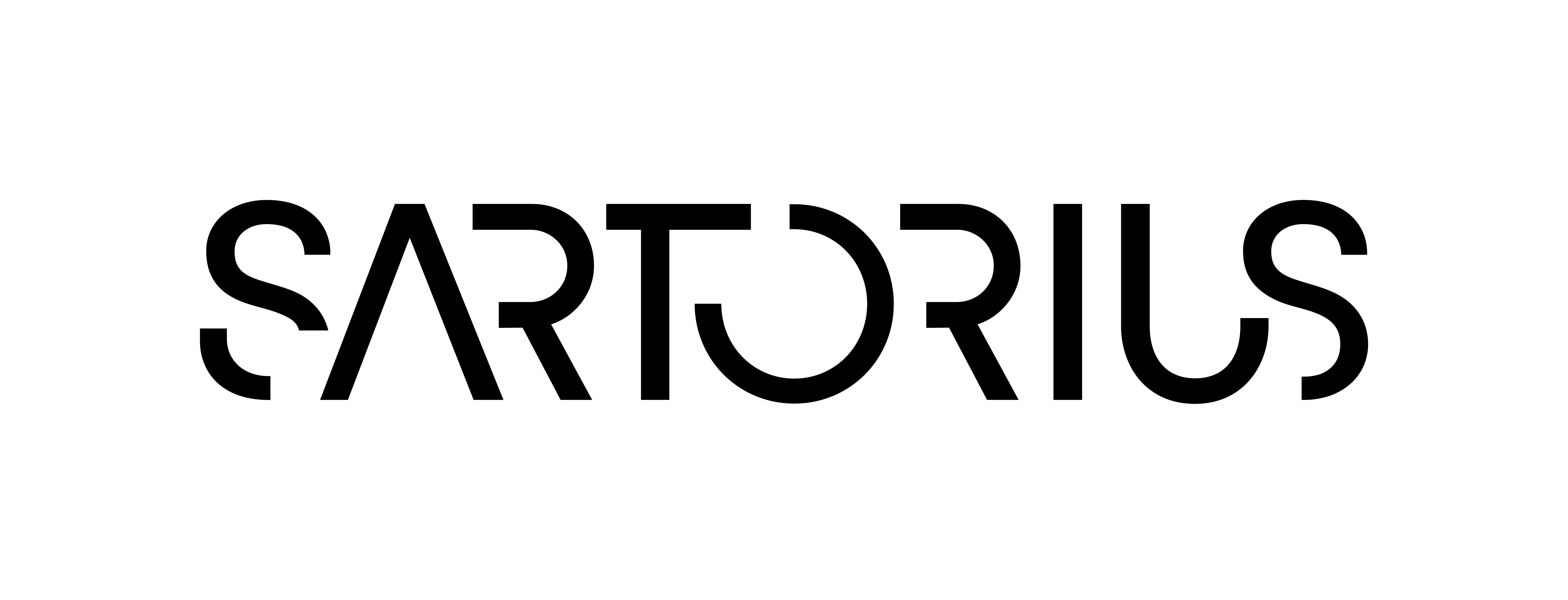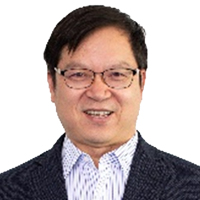A stepwise approach to process optimization in cellular immunotherapy development
Cell & Gene Therapy Insights 2021; 7(1), 45–49
10.18609/cgti.2021.007
Q Can you briefly introduce us to the TriArm Therapeutics technology platform and R&D pipeline?
JL: Cell therapy has made great strides in recent years. Several products have successfully made it to market, and more are coming along the pipeline. As a company focusing on developing novel cellular immunotherapies, TriArm is striving to solve critical issues facing the whole field: high production costs, limited indications, underlying safety concerns, and more. Our mission is to bring safer, more effective, and more affordable, cell therapies to patients.
Through in-licensing and internal development, TriArm owns several technology platforms covering different aspects of cellular immunotherapy product development – gene delivery, safety improvement, indication expansion, activity prolongation, and relapse prevention. The company has built a rich pipeline based on these platforms, and we are now moving towards the clinic with our first project, a CAR T-cell therapy against B cell malignances which uses a third generation transposon-based gene delivery technology. We now have data demonstrating that CAR T-cells generated with this technology may have better antitumor activities, fewer safety issues such as cytokine release syndrome (CRS), and cells that may survive longer in vivo when compared to CAR T-cells generated with conventional viral vector-based methods. More importantly, the new process cut the production time from a few weeks to just a couple of days, which will significantly reduce production costs. TriArm’s other projects include CAR/TCR T-cell therapies for blood and solid tumor indications, with unique CAR molecule configurations which can either reduce immune suppression, or better differentiate between healthy and malignant cells.
Q Can you outline the particular bioprocess considerations and requirements for the vector you use?
JL: As a ‘live’ product with specially designed features, cell therapy brings many challenges. During bioprocess development, we take into consideration regulations and guidelines from regulatory agencies, industry best practices, and lessons learned from our peers. The need for aseptic processing is emphasized throughout our whole process, and closed and single-use process steps are maximized, from bacteria fermentation and virus transduction through to cell culture. When selecting a particular vector for use, the safety, yield, stability and ease of manipulation are considered first. In some cases, procedures for characterization and quality control, GMP compliance, speed and production cost, scalability and reliability also play important roles in our decision-making.
Q Can you go into more depth on some of the key vector bioprocess steps, particularly those where you’ve been able to bring novel tools and technologies to bear to improve the bioprocess overall – for example, how have you been able to improve plasmid purification and sterile filtration?
JL: We take a holistic view of process development. To us, the purification of plasmid starts at fermentation, not after. We optimized the upstream process to increase the ratio of plasmid to total biomass, thus reducing the burden on the downstream process. Each step of purification including bacteria lysis, clarification, chromatography and filtration were stepwise optimized. However, process steps and parameters were selected based on systemic outcomes, rather than by best individual step performance. Throughout development, the yield and purity of covalently closed circular DNA (cccDNA) is our focus. An infiltration device from Sartorius helped us a lot in completing the plasmid purification process – it is easy to set up and manipulate, and helped us to increase efficiency and get relatively high recovery.
Q And how have you been able to improve RV vector concentration?
JL: In addition to the considerations of safety and transduction efficiency, yields and concentration – both in terms of physical and biological titers – of virus stocks are important factors in designing a process. We optimized parameters such as timing of virus harvest, and type and concentration of protectants, for better outcome and stability of purified virus stocks. Importantly we found that in our hands, tangential ultrafiltration reduced virus loss and impurities of finished product compared to alternative processes. Now, we have a process that can produce sufficient virus stocks to support our early phase clinical studies.
Q What can you tell us about your preparations to address some of the chief bioprocess development aspects and priorities as your product candidates continue to advance?
JL: At TriArm, we take a long-term view in our operations. Firstly, we want to create synergies among various platform technologies to reduce the burden of development work, and increase the productivity of developed processes. Secondly, we begin with the end in mind when planning our activities. We want to have a process that is in compliance with regulations, scalable, and cost-effective from the very beginning of process development, although it may be realized with a phase-based approach. Currently, we are focused on planning for GMP facility process validation.
Affiliation
Jim Lu
Co-founder and CSO, TriArm Therapeutic Co
Authorship & Conflict of Interest
Contributions: All named authors take responsibility for the integrity of the work as a whole, and have given their approval for this version to be published.
Acknowledgements: None.
Disclosure and potential conflicts of interest: The author declares that they have no conflicts of interest.
Funding declaration: The author received no financial support for the research, authorship and/or publication of this article.
Article & copyright information
Copyright: Published by Cell and Gene Therapy Insights under Creative Commons License Deed CC BY NC ND 4.0 which allows anyone to copy, distribute, and transmit the article provided it is properly attributed in the manner specified below. No commercial use without permission.
Attribution: Copyright © 2021 Sartorius (Shanghai) Trading Co., Ltd. Published by Cell and Gene Therapy Insights under Creative Commons License Deed CC BY NC ND 4.0.
Article source: Invited.
Interview conducted: Dec 22 2020; Publication date: Feb 24 2021.

